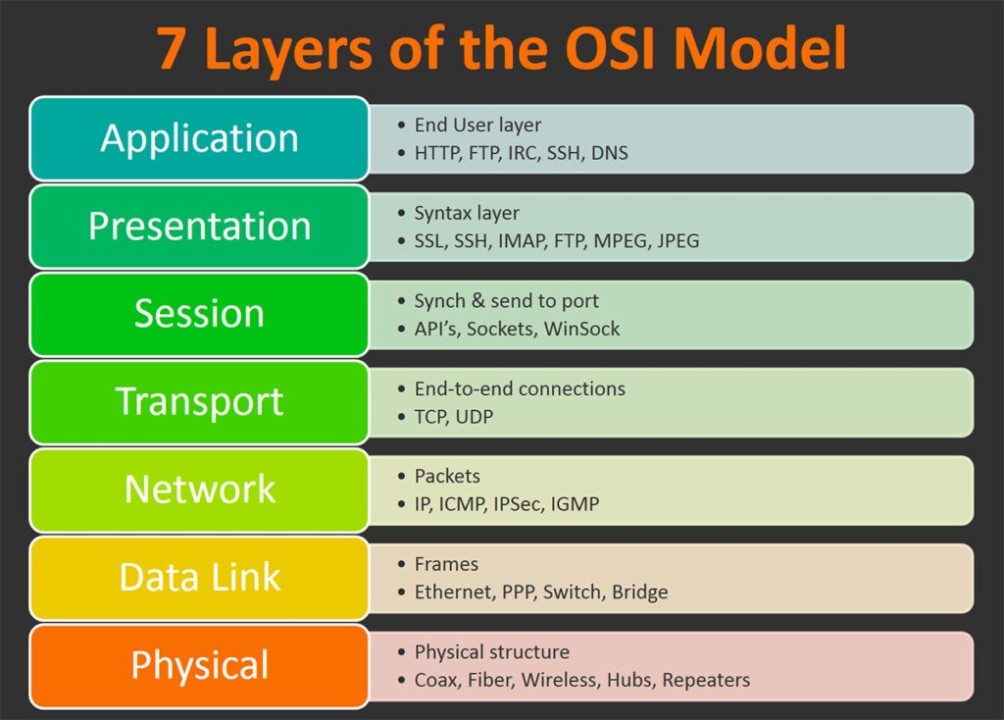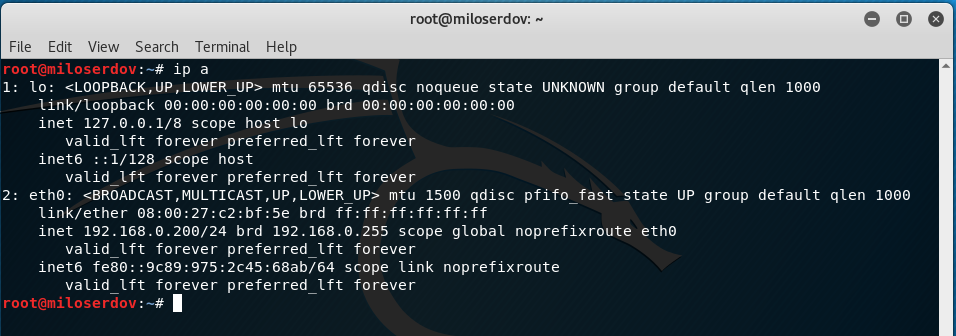Linux Networking for DevOps 💻
 Mohammed Atique
Mohammed Atique
Networking in Linux can feel like navigating an ancient labyrinth sometimes. But hey, conquering those weird commands and cryptic configurations is basically a DevOps rite of passage, right? 😅 So, let's dive into some essentials even seasoned pros need to revisit now and then.
1. The OSI Model: Your Networking Compass 🗺️

Think of the OSI model as the ultimate map of how data travels in a network. It's got seven layers, and – let's be real – memorizing them all is for networking nerds. But it's still super helpful to understand the basics:
Physical: Raw cables, signals, all that physical stuff.
Data Link: Where MAC addresses and switching magic happens.
Network: IP addresses, routing... this is where packets find their way.
Transport: TCP, UDP, the land of reliable vs. "Eh, it probably got there" data delivery.
The layers above (Session, Presentation, Application) are where software meets networking. Understanding these layers helps you troubleshoot like a champ!
2. IP Addresses: Not Just Numbers 🔢

IP addresses are the backbone of networking. Here's a quick refresher:
IPv4: Those familiar dotted groups (like 192.168.1.10). We're running out of these!
IPv6: The longer, scary-looking ones with colons. The future is here.
Subnet Masks: Tell you which part of an IP is network, and which is the host.
Code Time! See what's up with your interfaces:
ip a # Or, if you're old-school, try 'ifconfig'
3. Tools of the Trade 🧰
Linux gives you a whole toolbox for network adventures:
ping: The "Is it alive?" of networking. Bash
ping google.comtraceroute: See every hop along the way. Bash
traceroute google.comnetstat: The Swiss Army knife of network stats. Bash
netstat -a
4. DNS: Names are Easier than Numbers 🤔
Imagine having to memorize every website's IP address... yikes! DNS (Domain Name System) is like the giant phonebook of the internet.
/etc/hosts: Your local address book.
/etc/resolv.conf: Tells your system which DNS servers to ask.
5. When Things Go Wrong: Firewalls 🔥
Firewalls (like iptables) are your network bouncers. Knowing the basics saves you from major headaches:
iptables -L # List your firewall rules
Imperfect Learning is the Best Learning
Don't worry about being a Linux networking guru overnight. This stuff takes time. Embrace the mistakes, experiment, and don't be afraid to Google furiously when things get weird 😉.
Bonus: Stay Curious
Networking in Linux is a HUGE topic. Here's some stuff to keep exploring:
Routing tables (
ip route)Network namespaces (for advanced container trickery)
Performance tuning tools
See? That wasn't so bad, was it? Keep at it and you'll be surprised how much knowledge you pick up along the way. Happy networking, fellow DevOps adventurers! 💫
Subscribe to my newsletter
Read articles from Mohammed Atique directly inside your inbox. Subscribe to the newsletter, and don't miss out.
Written by

Mohammed Atique
Mohammed Atique
I'm a hands-on learner, constantly exploring the world of DevOps. From cloud environments to fine-tuning infrastructure, I'm always building new skills. My homelab lets me dive deep and experiment without limits.